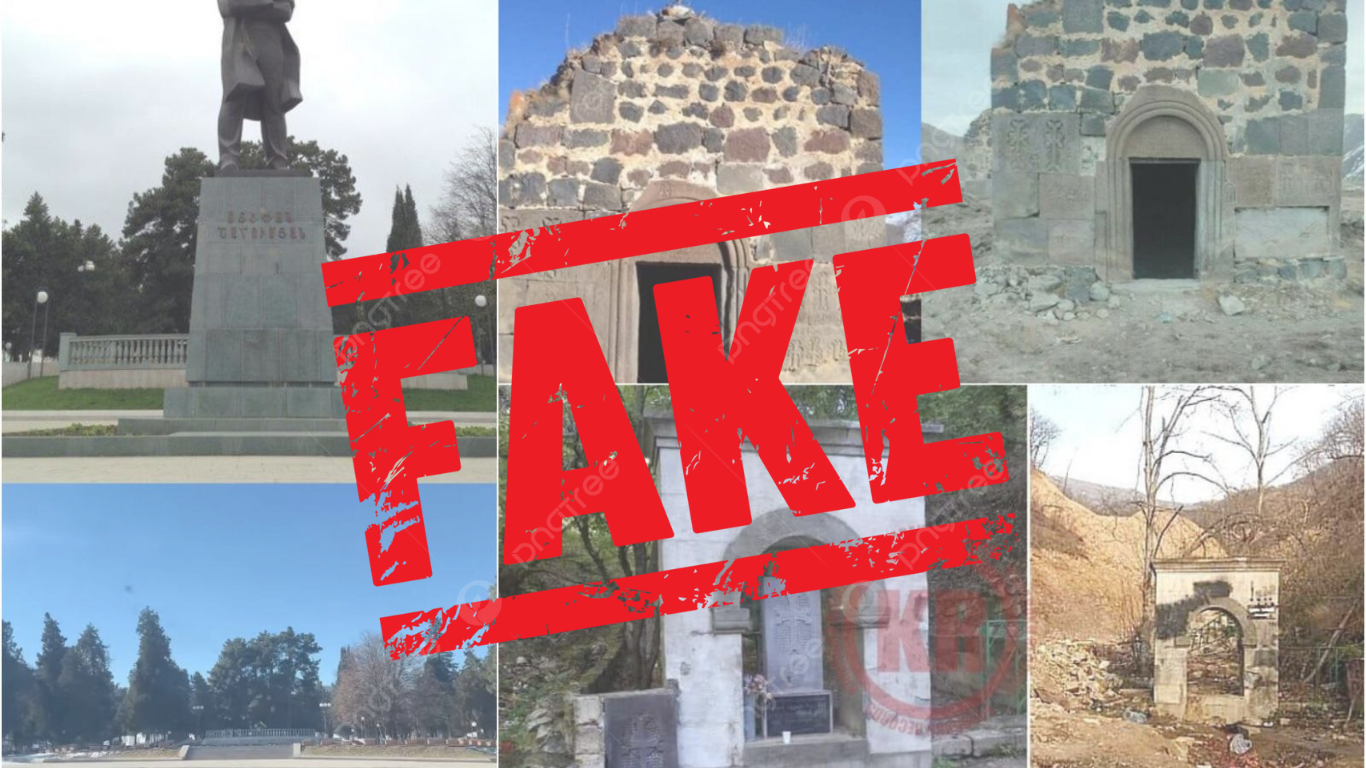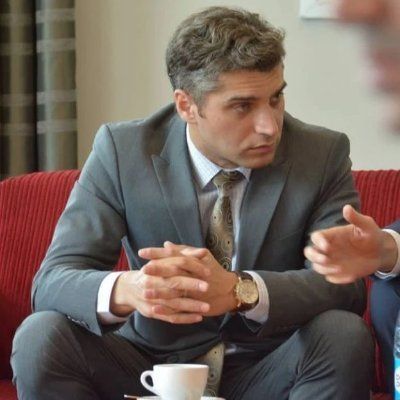Azerbaijan's struggle for cultural identity amid Armenian separatist manipulation

The recent dismantling of certain "fake" architectural monuments in the territories liberated by Azerbaijan has sparked considerable frustration among Armenian separatists. These monuments, many of which were built or altered in the recent past, were often misrepresented as part of Armenian heritage, despite having clear ties to the ancient Albanian culture of the region. This misrepresentation, particularly during the 1990s when Armenia initiated large-scale military incursions during the First Garabagh War, laid the groundwork for widespread historical distortion in the occupied territories.
The underlying goal of Armenian separatism has been the erasure of Azerbaijan’s cultural and historical presence. This is most evident in the mass expulsion of Azerbaijani citizens from areas like Iravan [now Yerevan] and the destruction or alteration of Azerbaijani cemeteries, mosques, and cultural sites to remove any trace of the region’s historical Azerbaijani identity. During this period, Azerbaijan's cultural heritage was systematically targeted, with historical sites either destroyed or modified to distance them from their original identity.
The aspirations for a "Greater Armenia" spurred further efforts to consolidate control over the Garabagh region. In line with this expansionist vision, Armenian separatists undertook significant efforts to appropriate Azerbaijani historical landmarks, even destroying many ancient structures in Garabagh. The city of Aghdam, for example, was turned into a symbol of this devastation. Its ruins served as a stark reminder of the widespread destruction that had taken place, akin to the aftermath of an atomic bomb.
The systematic vandalism of cultural landmarks, including the defacement and destruction of mosques and turning others into pigsties, represents not just an act of cultural desecration, but an alarming display of intolerance and hatred. This act of "vandalism" transcends mere property destruction; it signifies an ideological assault on the identity and heritage of the Azerbaijani people. It also reflects an extreme contradiction to the concepts of religious freedom and tolerance, which Armenia claims to uphold. In practice, Armenian separatism has demonstrated little regard for these principles, instead pursuing an agenda that seeks to rewrite history through falsification.
Furthermore, Armenia’s attempt to fabricate a new cultural narrative by altering or demolishing ancient Albanian temples and replacing their crosses with Armenian symbols demonstrates a deliberate distortion of history. In the face of Azerbaijan's ongoing efforts to restore its heritage, Armenia's attempts to erase the history of the region have become increasingly transparent, exposing their desperation to maintain a false historical narrative.
In the Caucasus, there is a distinct difference between the Monophysite and Diophysite traditions. Monophysite churches typically feature a single throne directed towards Jerusalem, while Diophysite churches, such as those associated with Armenia, contain two thrones. Despite these religious distinctions, there are no Armenian cultural monuments or churches left in the recently liberated territories of Garabagh, as they were either destroyed or appropriated during the occupation. Armenia’s attempts to create false monuments in these areas can be seen as part of a broader strategy to cement claims to Azerbaijani territory, providing false "evidence" to support future territorial ambitions.
Since the liberation of Garabagh, efforts have been made to rebuild and restore the region, erasing the painful remnants of its past destruction. The creation of modern cities, the construction of smart villages, and the restoration of historical monuments serve as steps toward healing and reclaiming the region's cultural identity. However, the idea of preserving statues of Armenian "philanthropists" or separatists in Azerbaijan’s newly liberated territories is ludicrous and unacceptable. A particularly poignant example is the hypothetical installation of a statue of Azerbaijani philanthropist Haji Zeynalabdin Taghiyev in the centre of Yerevan, which would undoubtedly provoke a fierce reaction from the local community. While the idea may sound appealing in theory, it raises troubling questions about the persistence of separatist ideologies.
As the proverb goes, "Treat others the way you want to be treated." One must remember that the day may come when the fallen statues of today become difficult to rebuild. Therefore, it is clear that Karabakh's lands are no longer a place for foreign symbols; they have already been scarred enough by these external influences. The message is clear: seek your "heroes" elsewhere, as the people of Garabagh no longer have room for symbols that are not their own.
Here we are to serve you with news right now. It does not cost much, but worth your attention.
Choose to support open, independent, quality journalism and subscribe on a monthly basis.
By subscribing to our online newspaper, you can have full digital access to all news, analysis, and much more.
You can also follow AzerNEWS on Twitter @AzerNewsAz or Facebook @AzerNewsNewspaper
Thank you!

